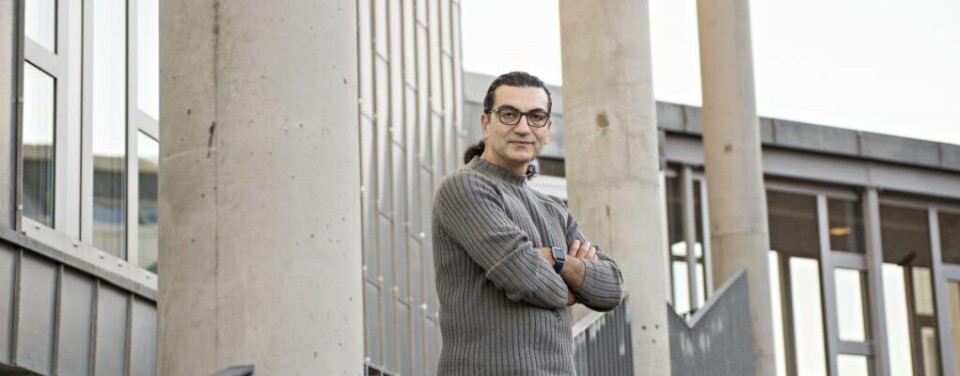
Machine learning deployed to select sea lice resistant salmon
Technology that uses artificial intelligence to count sea lice on salmon will help breeders select future generations of parasite resistant fish.
In a research collaboration between Benchmark Genetics Norway and the Danish Technological Institute (DTI), machine learning replaced time-consuming manual counting of sea lice, which breeding companies undertake to assess the degree of resistance in salmon.
By taking photos of each fish and using artificial intelligence (AI) to analyse images in real time, the project obtained an accurate number of lice infections per animal.
The imaging technology uses a combination of a half-circular light-dome and a 5-megapixel monochrome camera to take an image of each salmon.
The high-power light-dome has three individual triggered colour diodes: red, green and blue. The mono-camera takes one picture at each wavelength, and then images are post-processed using the developed AI.
Imaging system
It was found that this imaging system provides the user with the best visibility and contrast between the lice and the fish, said Benchmark Genetics senior research scientist Hooman Moghadam.
The AI model is then ‘trained’ to segment the sea lice and salmon. After image segmentation, the sea lice are filtered and counted.
By repeating this process many times and automatically augmenting the image appearance in various ways, the model learns the shape plus variable parameters.
The training dataset is created by manually marking pixels with lice in the image. The model can then compare its results against the training dataset and gets trained. The bigger the training dataset, the more accurate the algorithm can detect lice.
The model’s performance improvement is verified by keeping a subset of the annotated data for model validation.
Benchmark hopes to deploy the new technology to improve its precision in selecting the best breeding candidates for resistance to sea lice.






















































